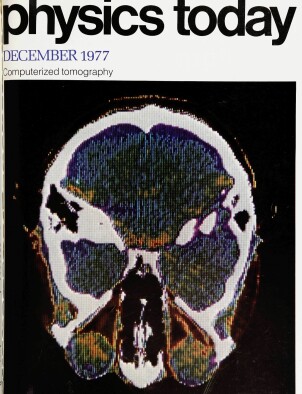Physics of textiles
DOI: 10.1063/1.3037824
While the basic processes of spinning and weaving were developed empirically, the problems and processes of the textile industry have in the last 25 years been the subject of intense scientific activity. The stimulus to this activity has arisen mainly from the impact of the newer polymeric fibers, which have introduced possibilities of improved properties and radically different methods of production and processing. In place of the very small number of fibers supplied by nature, we are now able to select from a great variety of materials, differing widely in both chemical and physical properties, to meet any particular demands. Moreover, these new materials are not limited to textile applications, but are in many cases available also in the form of films for packaging, or in bulk for engineering or other uses. Their study has thus become a branch of the science of polymeric materials, which is one of the most lively fields of scientific activity at the present time.
This article is only available in PDF format
References
1. In J. W. S. Hearle, P. Grosberg, and S. Backer, Structural Mechanics of Fibers, Yarns and Fabrics, Vol. 1, Wiley‐Interscience, New York (1969).
2. L. R. G. Treloar, G. Riding, J. Text. Inst. 54, T156 (1963).https://doi.org/JTINA7
3. G. Riding, quoted by L. R. G. Treloar, in J. Text. Inst. 55, P13 (1964).https://doi.org/JTINA7
4. G. Riding, J. Text. Inst. 56, T489 (1965).https://doi.org/JTINA7
5. F. T. Peirce, J. Text. Inst. 28, T45 (1937).https://doi.org/JTINA7
6. J. Skelton, J. Text. Inst. 59, 261 (1968); https://doi.org/JTINA7
Text. Res. J. 41, 174 (1971).https://doi.org/TRJOA97. P. H. Geil, Polymer Single Crystals, Interscience, New York, (1963).
8. A. Keller, Rep. Prog. Phys. 31, 623 (1968).https://doi.org/RPPHAG
9. I. M. Ward, Mechanical Properties of Solid Polymers, Wiley, New York (1971).
10. J. W. Curtis, L. R. G. Treloar, J. Phys. D. (Appl. Phys.) 3, 1413 (1970).
11. G. L. A. Sims, J. Materials Sci. 10, 647 (1970).https://doi.org/JMTSAS
12. B. C. Goswami, J. W. S. Hearle, Text. Res. J. 46, 55 (1976).https://doi.org/TRJOA9
13. N. J. Abbott, J. Skelton, J. Coated Fibrous Materials 1, 234 (1972).
More about the Authors
L. R. G. Treloar. The University of Manchester Institute of Science and Technology, Manchester, UK.




